Upcycling and recycling have an important part to play in the wider sustainability landscape
Heathrow Express: recycling train rubbish
Earlier this autumn, the Heathrow Express launched a new poster campaign to celebrate 20 years of its 15-minute service from the capital to the airport.
Celebratory posters of the service’s main achievements in the past two decades featured artwork by illustrator Rebecca Sutherland, who upcycled newspapers left behind on the trains and drink cans into representatives sculptures.
“Train travel as a whole is a sustainable way to travel, so we hope the campaign gives customers another reason to choose the train and Heathrow Express,” explains the service's communications business partner Nathan Harrison.
“By celebrating sustainability in a visually impactful way, we’re reminding customers of the benefits of the train that as an industry we can be proud of.”
Harrison claims awareness of the environment is finally on the rise among industry stakeholders, passengers and other sectors: “Even outside of rail there’s a shift towards reducing waste, especially plastic, so it’s important we keep up with that.”
The operator is further bidding to create a zero waste depot where waste is sorted and sent for recycling, while the parts that cannot be recycled are converted into energy.
“Upcycling and recycling have an important part to play in the wider sustainability landscape,” says Harrison, adding that part of such plan is focused on cooperating with Heathrow Airport to make sure 50% of airport passengers use public transport to travel to and from Heathrow by 2030.
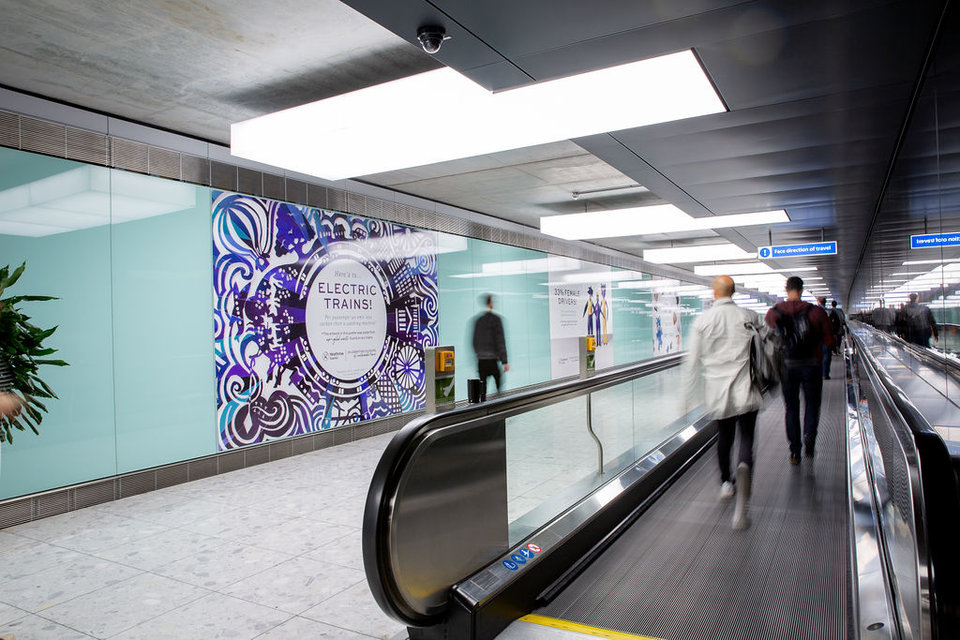
Image courtesy of Heathrow Express
Repurposing materials into consumer products: Amtrak’s tote bags
For American passenger rail group Amtrak, preserving the environment has meant converting used materials into consumer products in a circular economy.
For this reason, in autumn 2018, the company partnered with non-profit People for Urban Progress to repurpose the leather seat covers from 20 of its Acela Express trains and turn them into designer bags.
The move, which falls within Amtrak’s wider strategy to achieve a corporate recycling target of 20% by 2020, has led to the creation of 2,500 products including wallets, tote bags and backpacks, preventing materials from ending up in landfill.
According to Amtrak senior sustainability manager Kara Angiotti, while the move has a strong environmental purpose, it is also a chance for the company to better understand the materials it chooses: “With passenger rail especially, we have some materials that still have inherent value in them, and this was our first endeavour into discovering value in some of the materials that we have not historically recycled in the past.

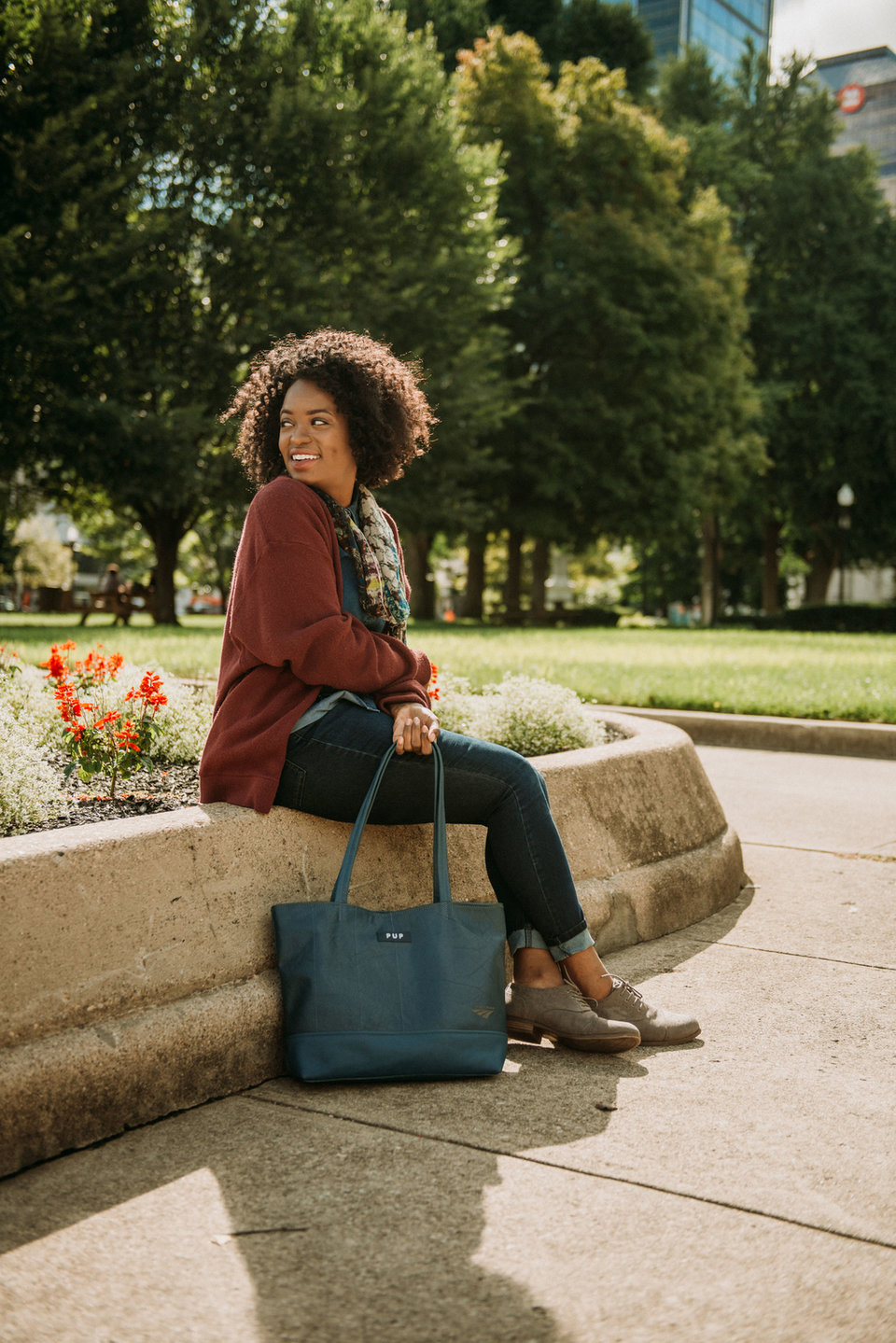
Images courtesy of Amtrak
“There are many similar opportunities for passenger rail,” she continues. “Other things like scrap metal and window glasses are much easier to put back into a well-established recycling process. So, as much as [this initiative] is about diverting things from the landfill, it's also a valuable way for us to evaluate what materials we're putting into our trains so that we can design better solutions.”
The bags will be sold at a cost ranging from $75 to $750. Although this price point could come as a surprise for many, considering the bags are made of reused materials, it is far from unusual.
German brand of recycled products Freitag, for example, produces bags, wallets and backpacks made of tarpaulins, inner tubes from bicycles and automobile seatbelts at prices in the hundreds of euros. Similarly, for a limited period, Adidas sold a line of shoes made from recycled ocean plastic for £200.
Angiotti explains that the amount of work behind the manufacturing of these products is the main reason behind these prices, which are nonetheless worth the money: “It is a labour-intensive job, there are a lot of steps between taking the leather seat covers off our train cars and then turning them into a consumer product, something that is attractive and has a durability that will not contribute to consumerism. This, and then being paid fair wages, all contributes to a certain price point,” which consumers will be willing to pay.
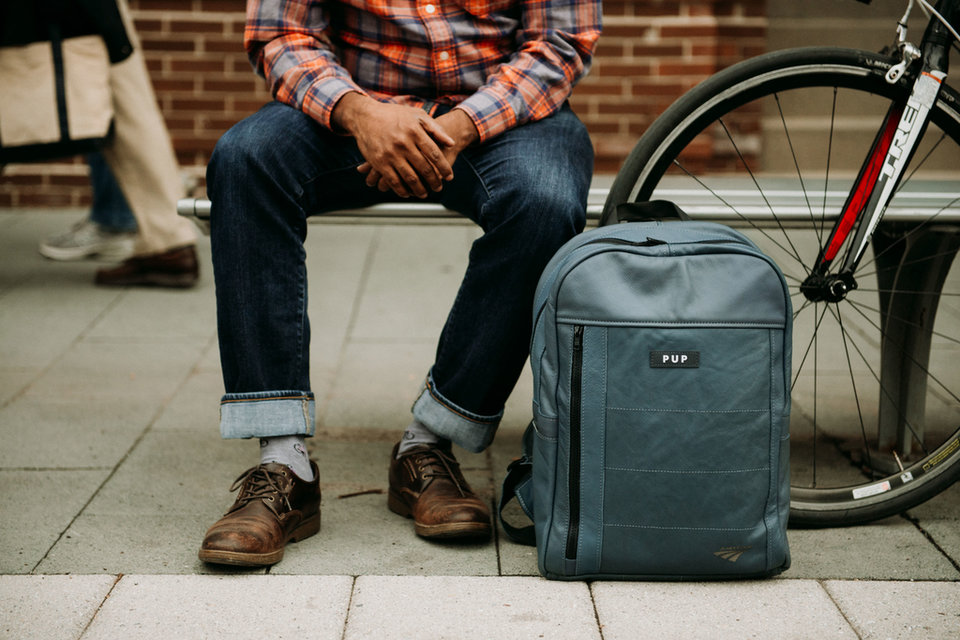
Image courtesy of Amtrak
It's a valuable way for us to evaluate what materials we're putting into our trains so that we can design better solutions
A small company like ours can lead the market by being smart and quick to respond to developments
Vivarail and the London Tube trains
If recycling leather seats has turned out to be a laborious work, imagine the struggle of giving a whole fleet a new lease of life.
English rolling stock manufacturer Vivarail took the onus of such a task in summer 2018, when it announced plans to gut and update an old fleet of trains from London’s District line and turn them into hybrid trains for a number of railway routes in Wales.
The order came from new Wales and Border rail franchise KeolisAmey, which took over Arriva Train Wales in June. Under Vivarail’s plans, the fleet of Class 230 D-Trains will be made from recycled body shells from the 1980s and will be able to run on both diesel and battery.
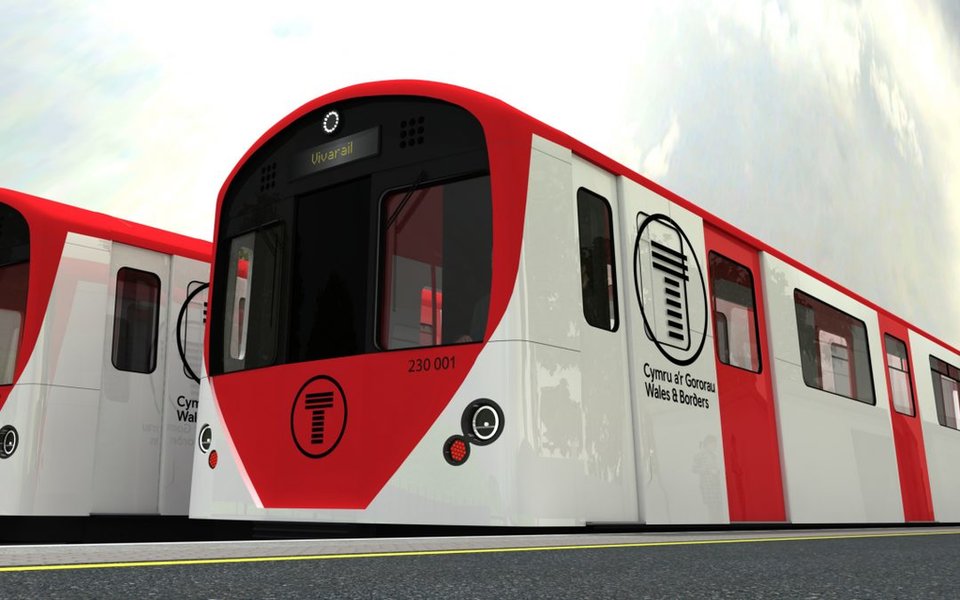
Image courtesy of Vivarail
According to Vivarail head of marketing Alice Gillman, the move will have a double positive impact on the environment since the trains will both be upcycled and made to run in a more sustainable way: “The UK Government has stated that diesel trains are to be phased out by 2040, which will leave a lot of redundant stock that still has a long life but will be less attractive to operators. It would be nice to think our example leads the way in using the best parts of existing stock to make new, green trains.”
Several efforts are being made across the industry to make transportation less harmful for the environment, which is why Gillman claims Vivarail’s work can only pave the way for more initiatives: “A small company like ours can lead the market by being smart and quick to respond to developments.”
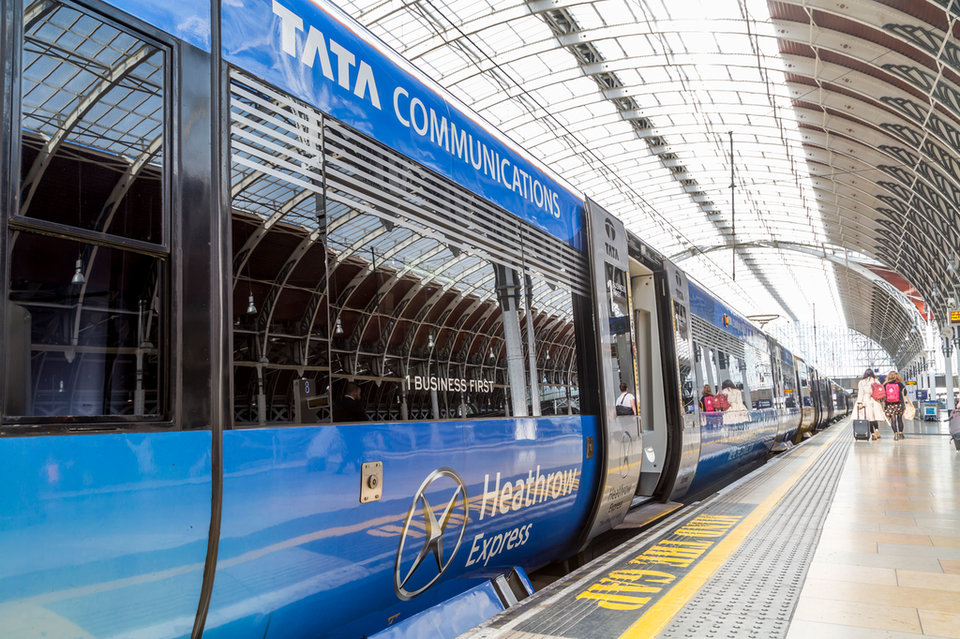
Credit: Heathrow Express.